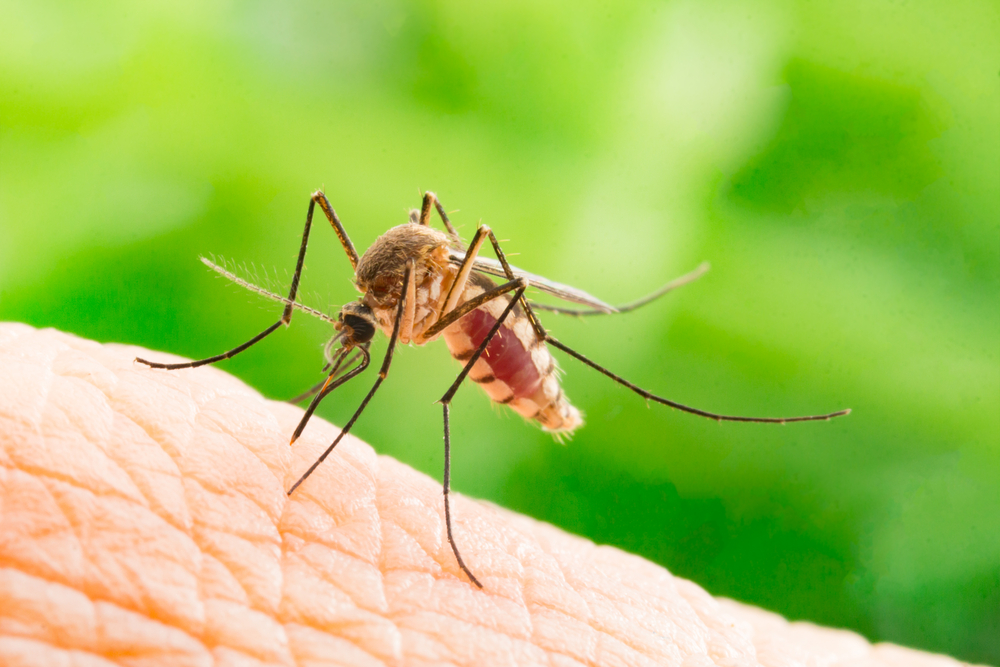
The U.S. Centers for Disease Control and Prevention (CDC) recently developed the Autocidal Gravid Ovitrap (AGP trap) intending to slow down the growth of the mosquito population.
The AGP trap is meant to attract and capture female mosquitoes looking to lay eggs and grow mosquito populations. Scientists noted that in so doing the traps also protect people from chikungunya virus infections, as recently seen in Puerto Rico. Placing just three outside of 85 percent of homes in a community has been shown to result in an 80 percent reduction of adult mosquito populations.
“AGO traps are a novel chemical-free, effective approach to control Ae. aegypti populations and provide protection from infection with the pathogens that these mosquitos transmit,” CDC researcher Tyler Sharp and colleagues said. “Further evaluations should determine if AGO traps are sustainable and effective in larger scale community trials.”
This would be welcome news, given that there has, historically, been a lack of ways to control such mosquito populations, leading to the growth of dengue, Zika, and chikungunya viruses. Even successful attempts at curbing populations have only led to reductions in density, not disease spread.
In Puerto Rico, however, researchers pitted 290 households sporting the hay, water and sticky-lining AGO traps against 349 households that did not. Blood samples were collected and surveys recorded. In the end, 114 participants tested positive for chikungunya. Of these, those without AGO traps fared much worse. Those communities saw a 48.7 percent infection rate, whereas those with AGO traps had only a 10.3 percent infection rate among those who spent their daylight hours in those communities. When factoring in those who moved outside their communities more frequently, seropositivity spiked to 26.1 percent in the AGO trapped communities and sat at 43.8 percent in those without.




